Abstract
Based on the suggestions and opinions of experts at the project kick-off meeting and the topic workshop, each topic has improved the implementation plan and held the implementation plan review meeting. According to the project mission statement, all work is being done, and progress is going smoothly overall.
Ⅰ. Overall progress of the project
² Based on the annual summary meeting conducted on November 16, 2020, the School of Physics at Peking University held a review meeting on the execution plan of the project "Research and Application Demonstration of the Pat Watt Laser Proton Accelerator Device" on December 5, 2020. There were both in-person and online video attendees at the conference. The conference was attended by leaders from the Ministry of Science and Technology, heads of critical functional departments at Peking University, the project responsibility expert group, the overall expert group, the technical expert group, and topic leaders and key participants. The specialists listened to Prof. Yan Xueqing's report on the project's research content, yearly completion, engineering management, and the project leader's report on the project's implementation plan and completion. The experts raised insightful inquiries and suggestions for the implementation strategy.
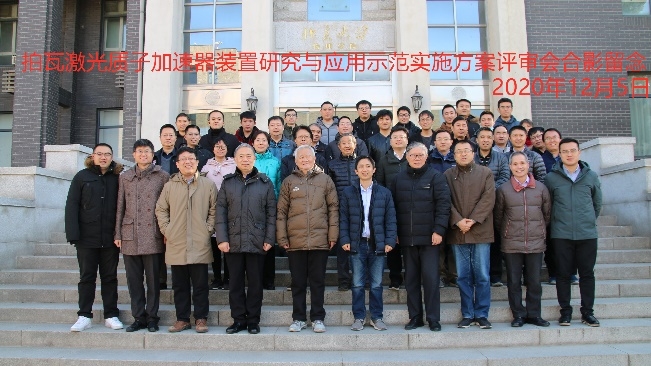
Fig 1.The photo of participants at the meeting to review the project execution plan
Ⅱ. The subject advancement
J Task group I and THALES are continuing to delve deeper into the design of the 2PW laser system, and they are working closely with the manufacturer to finish the preliminary preparations needed to ensure a seamless installation of the PW laser system. Additionally, they are working on finishing the online measurement system for laser parameters, the quality tracking system for large energy pumping groups, and the preliminary design of the return light isolation system. The domestic laser system 40TW front-end follow-up portion, which was just finished, is a vital aspect of the development process. A conference for the purpose of reviewing the program for the large-diameter optical component system was held, the evaluation of the implementation program for the Changchun Institute of Optics was finished, and an agreement for working together was signed. Finished the research and design for four different thematic scientific and technological reports, including "Petawatt laser device compression system research and design report," "Petawatt laser device amplification system research and design report," "Petawatt laser system research and design report," and "Petawatt laser system accessory equipment research report" finished writing the project's year-end summary report in its entirety.
J The preliminary design of the repetition frequency targeting system for task group II has been finished. This system is capable of realizing >1Hz repetition frequency targeting with a target load of >500 rounds. Task group II has also finished the modular simulation cavity process design as well as mechanical design, drawing, and processing. Magnetron sputtering coating equipment and target characterization equipment SEM have arrived and been installed. Additionally, the repetition frequency liquid target preparation system has been constructed, and preliminary film creation has taken place. Research on the cascade acceleration scheme of the solenoid, both theoretical and practical, has progressed.
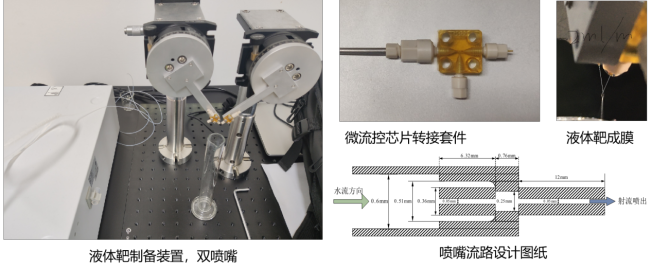
Fig 2. Pulse repetition frequency preparation system with a liquid target.
J Task group III selected a three-stage design strategy for the design, built the beam dynamics model and performed analysis and improvement, provided the corresponding parameter requirements, and produced the necessary design report and drawings. Finished the creation of the magnet design program, mastered the essential technology and process route for CCT superconducting magnets, and produced the needed design report and design drawings. Produced the study for the detector, identified the model and main parameters, and completed the design of the circuit system of the detector; proposed the physical design of the treatment head system. Furthermore, Task group III finished the design report and drawings required for the mission.
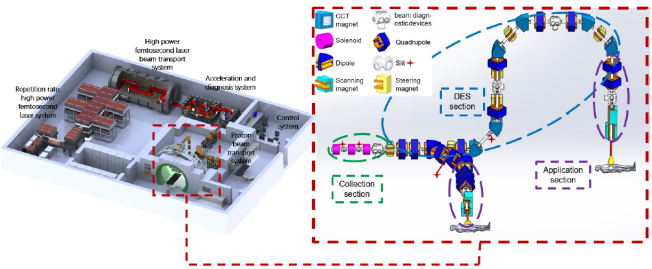
Fig 3.Beam transport system layout
J In addition to initially outlining and finishing control requirements, task group IV has conducted demand surveys and interface interactions with several issue groups. After an exhaustive examination, the design of the control scheme was finished by including the specific characteristics of the controlled equipment and the future needs of medical testing. On the basis of the existing laboratory instruments and equipment, software development for the EPICS control system has been completed, and software deployment and hardware network reconfiguration are now in progress. Regarding the transformation of system engineering, we have finalized the determination of the applicable engineering scheme and generated the corresponding technical documentation. The outsourcing system has completed the contract signing for the auxiliary equipment control system and the construction of the general control room at the Huairou Laser Acceleration Innovation Center. The simulation of the electromagnetic protection design of the device has been completed in partnership with the University of Electronic Science and Technology of China, and the electromagnetic dispersion analysis report and electromagnetic protection design report have been submitted. The contract for the asset information management system has been signed, and the online evaluation version of the system has been made accessible. After the adjustment and stability of the trial version, the system will be officially released and made accessible online.
J Task group V focused on the hardware as well as the software of networked medical equipment. They have also created a detailed research plan and a roadmap for implementing future therapeutic applications. The design and operation of a calculation framework based on a simplified particle transport model dedicated dosage engine and the construction of a general-purpose Monte Carlo program-based proton radiation dose calculation platform in the water model are almost complete.
Ⅲ. On-site progress in Huairou
² A section of the Beijing Laser Acceleration Innovation Center (BLAIC) has had its last slab laid on December 17, 2020, completing the structural topping. The building of the B area's second-floor top slab, local three floors, and the C area's first-floor vertical. The project is progressing in line with the planned timetable; as of December 22, 2020, the volume investment is 93.38 million yuan; 40 percent of the civil construction work has been finished, and 50 percent of the auxiliary equipment investment has been completed. The structure is anticipated to reach its maximum height in March 2021, with completion and acceptance conditions occurring by the end of 2021.
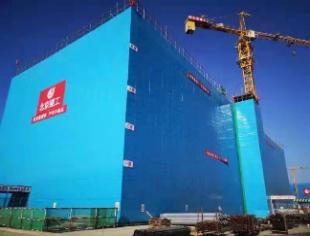
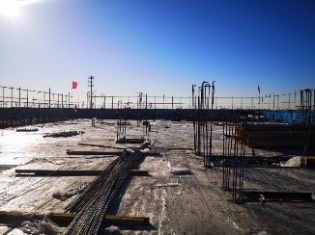
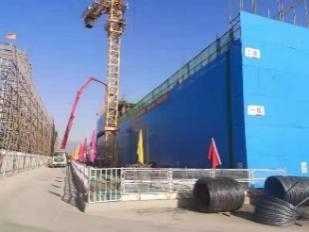

Fig 4. Beijing Laser Acceleration Innovation Center site photo
